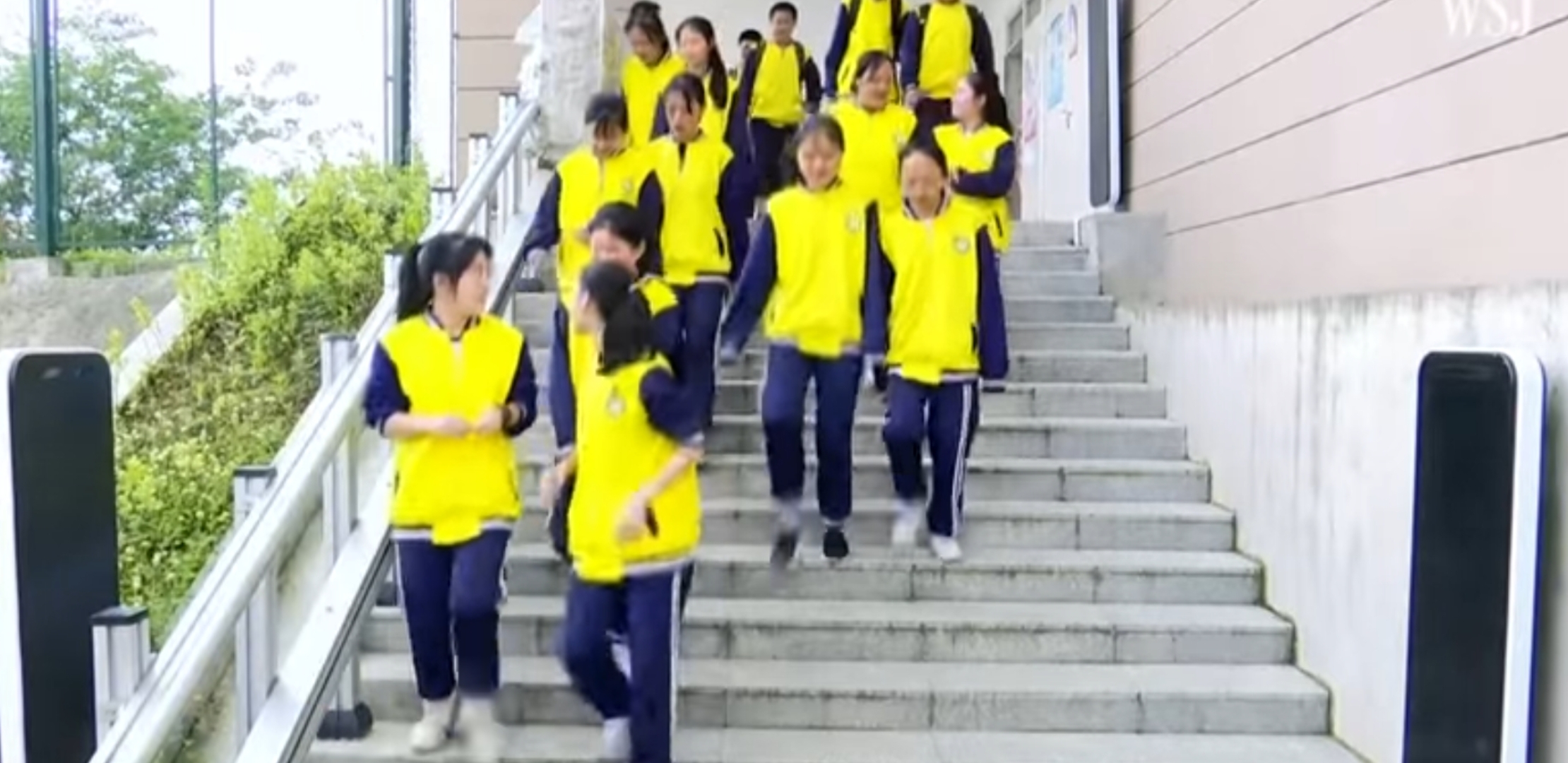
December 01, 2020
Andrew Campbell
High technology has become a part of our life. It is especially true for children who are growing in the 21st century. The computer and smart phone are more affordable with latest technology. This allows children to connect to knowledge from anywhere in the world.
COVID-19 has accelerating the technology development for distance learning which provides solution for children to study in both their first language and local. High technology could also help them to preserve their culture and maintain network with friends. It also allows high quality distance teaching while local teachers could pay more attention to children’s mental health and learning.
There are new challenges to children today due to massive contents from Internet. Messages collected from the Internet are not equipped with right knowledge to reject the harmful content as well as protecting children’s rights over their own data. The Big Data has negative impacts on children’s safety, privacy, independence and future life choices. Governments and Internet content and service providers have the obligation to work closely to lead them learn creatively and healthily to benefit the world by establishing appropriate regulation. It is parents and teachers’ responsibility to ensure their children could enjoy the learning on Internet in a safe environment by differentiating what message is right or wrong.
The Declaration and the Convention on Children's Rights has suggested actions for young people and children themselves to better the world. The growth of children is relevant for their societies, communities and culture. Children must learn to master positive thinking and incorporate conscience in their hearts. Conscience could help them to judge right from wrong, good from bad, give from take. Only with conscience and love, learning with high technology empowers them to make the world a better place and achieved peace together. We are all traveling in the universe on the same spaceship, Mother Earth.
Photo:Webshot.
